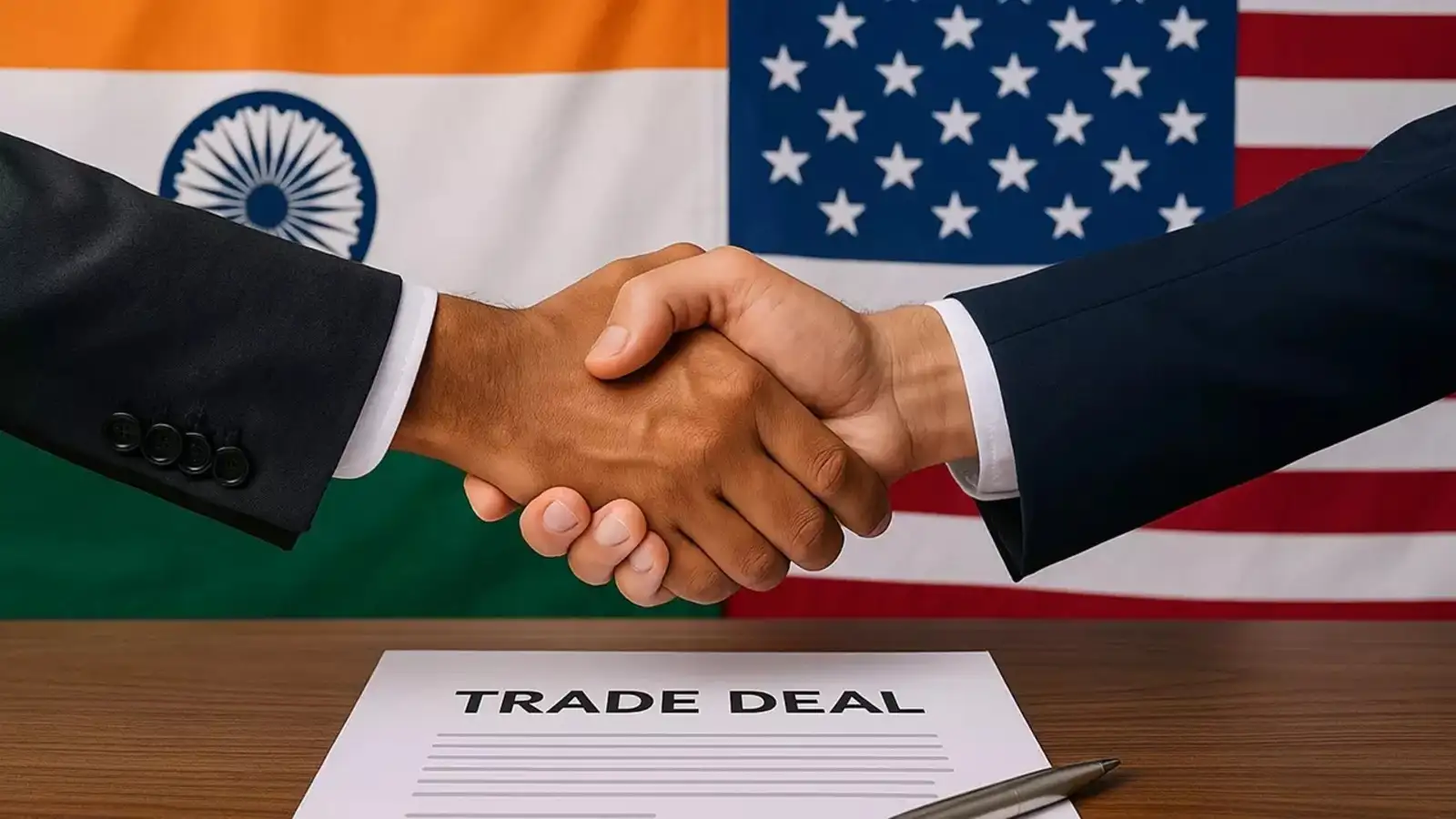
India and the United States are intensifying efforts to solidify a comprehensive Bilateral Trade Agreement (BTA), aiming to bolster economic ties and achieve a $500 billion trade target by 2030. Recent high-level engagements and policy shifts underscore the commitment of both nations to deepen their economic partnership.
High-Level Engagements and Strategic Objectives
In February 2025, Indian Prime Minister Narendra Modi met with U.S. President Donald Trump at the White House to discuss advancing the BTA. The leaders launched “Mission 500,” an ambitious initiative to more than double bilateral trade to $500 billion by 2030. They agreed to negotiate the first tranche of a multi-sector trade agreement by fall 2025, focusing on increasing market access, reducing tariff and non-tariff barriers, and integrating supply chains.
Following this, Indian Commerce and Industry Minister Piyush Goyal visited Washington in March 2025, engaging with U.S. Trade Representative Jamieson Greer and Commerce Secretary Howard Lutnick. These discussions emphasized the need for a broad-based trade agreement rather than product-specific negotiations.
Addressing Tariff Disparities
A significant challenge in the negotiations is the disparity in tariff structures. India’s average applied tariff stands at 12%, compared to the U.S.’s 2.2%. President Trump has criticized India as the “tariff king,” urging for reductions to facilitate fair trade.
In response, India has initiated measures to lower tariffs on specific U.S. goods. For instance, import duties on bourbon whiskey and certain wines have been reduced from 150% to 100%. Additionally, the 2025 budget includes cuts in customs duties on motorcycles and synthetic flavoring essences, benefiting American exports. India has also removed the equalization levy on major U.S. tech companies.
Sectoral Negotiations and Mutual Benefits
The BTA aims to address various sectors to ensure mutual benefits:
- Industrial Goods and Automobiles: The U.S. seeks duty concessions on industrial goods and automobiles. India is considering reducing tariffs in these areas to enhance trade.
- Agricultural Products: Discussions include reducing barriers for U.S. agricultural exports, while India aims to protect its domestic agricultural interests.
- Textiles and Labor-Intensive Sectors: India is advocating for tariff reductions on textiles and other labor-intensive goods to boost its exports.
- Technology and Digital Trade: Both nations are exploring collaborations in technology, with India removing certain levies on U.S. tech firms to facilitate smoother digital trade.
Defense and Energy Cooperation
Beyond trade, the U.S. and India are enhancing cooperation in defense and energy:
- Defense: A new 10-year framework for the U.S.-India Major Defense Partnership is set to be signed, focusing on co-production of defense systems like Javelin Anti-Tank Guided Missiles and “Stryker” Infantry Combat Vehicles.
- Energy: The U.S. aims to increase energy exports to India, including oil and liquefied natural gas, to address trade imbalances. India is currently the fifth-largest importer of U.S. crude oil.
Future Outlook
Both nations are committed to finalizing the first phase of the BTA by fall 2025. Virtual sectoral expert-level engagements are planned in the coming weeks, paving the way for in-person negotiations. The successful conclusion of the BTA is expected to significantly enhance bilateral trade, foster economic growth, and strengthen strategic ties between India and the United States.

















Leave a comment